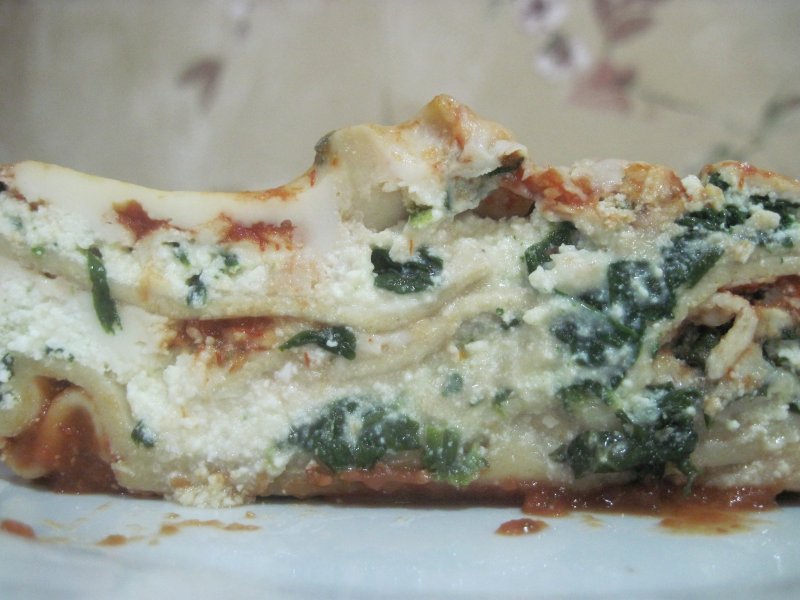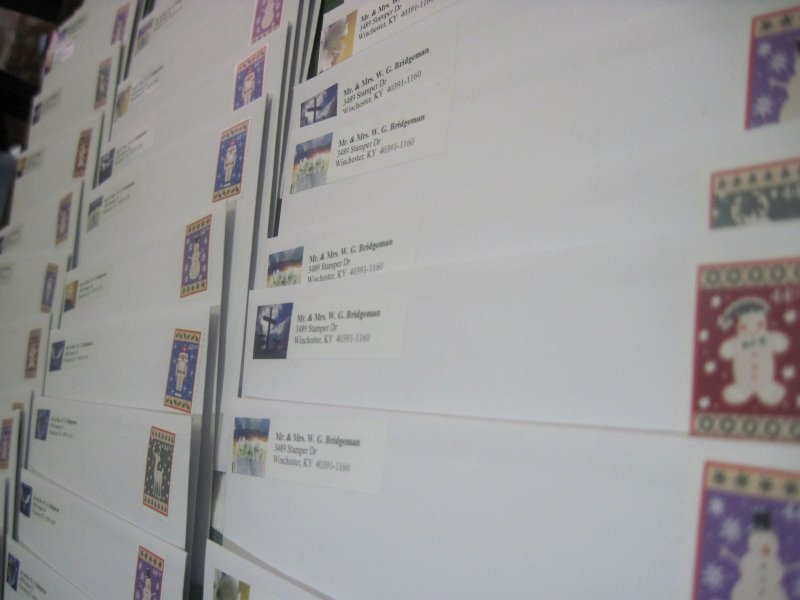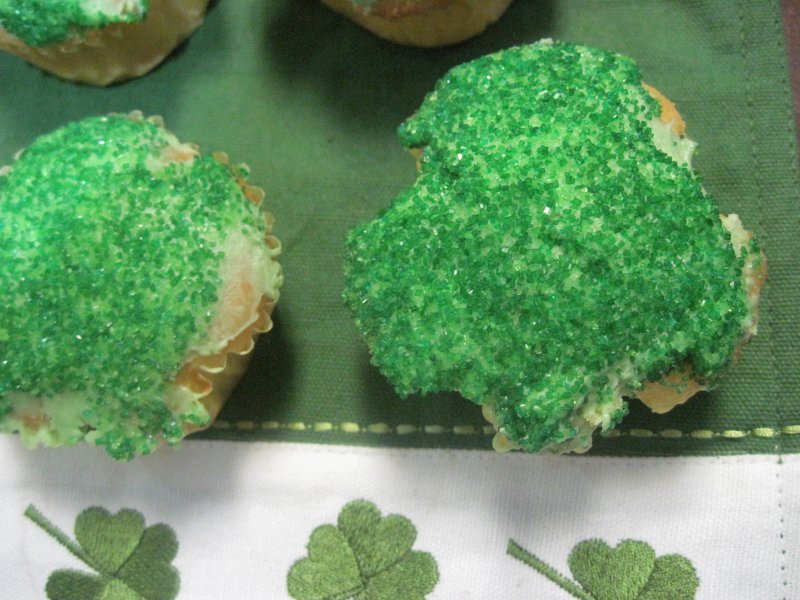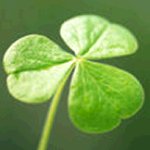This is one of my favorite lasagna recipes. It is extremely simple and so easy to make. I love the fact that you don’t have to cook the noodles beforehand, which makes it much less labor intensive and easier to put together. The lack of meat in the recipe makes it a perfect recipe during Lent as well.
Pin ItMonth: March 2010
After eating chili and peanut butter sandwiches, they each grabbed a chocolate cupcake and ran around the church gym, playing and running and playing some more. A friend stopped me at one point in just a panic. “Have you see their shirts?” Another one came up to me, “They’ll never come clean. Chocolate just doesn’t come out.” Another one said, “I don’t know how you’re staying so calm.”
I am very pleased, honored, and excited to accept this, my fourth blog award. I have to thank my husband, my children, and all my friends for keeping the great ideas coming. But mostly, I have to thank God for His hand on my every day life. He is on the throne and in control and through Him all things are possible.
One of the hardest things, for me, about reading my Bible is the inability to be able to picture what’s happening in my head. Growing up in Sunday school, every story was told with those felt characters on a felt board. All of the men looked the same, all of the women looked the same, and despite a few thousand years and thousands of covered miles, everyone dressed the same and had the same props.
These cupcakes are so much fun for the kids to make for St. Patrick’s Day. They’ll look festive decorating any holiday spread you put together for this festive and green day.
Pin ItSaint Patrick’s Day has come to be associated with everything Irish: anything green and gold, shamrocks and “luck.” To those who celebrate its intended meaning, Saint Patrick’s Day is a traditional day for spiritual renewal and offering prayers for missionaries worldwide. Of the many symbols we associate with this holiday, most notable is likely the Shamrock, which happens to be the National Flower of Ireland. Saint Patrick used the three leaves of the Shamrock to explain the Holy Trinity to pagans and unbelievers.







